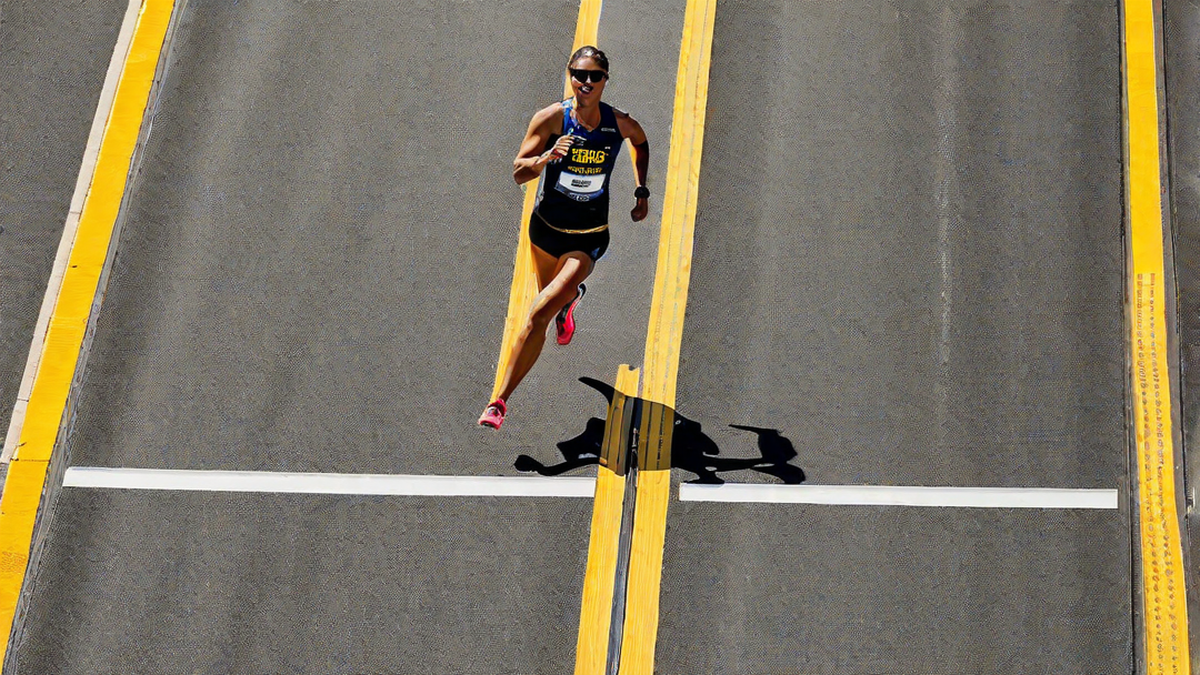Qualifying for the Boston Marathon is a dream for many runners. The Boston Marathon is one of the most prestigious and iconic races in the world, and earning a spot in this historic event is a significant accomplishment. However, qualifying for the Boston Marathon is not an easy task. It requires a specific pace based on your age and gender, and meeting this pace can be a challenge. In this article, I will dive deep into the details of what pace you need to qualify for the Boston Marathon and share some personal insights and commentary along the way.
Understanding the Qualifying Standards
The qualifying standards for the Boston Marathon are based on your age and gender. The Boston Athletic Association (BAA), the organization responsible for managing the race, sets these standards to ensure that the field of runners is competitive and representative of a wide range of ages and abilities.
To qualify for the Boston Marathon, you need to meet a specific qualifying time, which is determined by your age and gender. The times are set to ensure that only top-performing runners in each age group can participate in the race. For example, the qualifying standard for a 40-year-old male is different from that of a 30-year-old female.
Calculating Your Qualifying Pace
Calculating your qualifying pace requires some simple math. You need to determine the pace you need to maintain for the entire marathon distance (26.2 miles) in order to meet the qualifying standard. The pace is measured in minutes per mile or minutes per kilometer, depending on your preference.
Let’s say you are a 35-year-old female aiming to qualify for the Boston Marathon. The qualifying standard for your age group is 3 hours and 40 minutes. To calculate your qualifying pace, divide the total race time (3 hours and 40 minutes) by the distance (26.2 miles). This gives you a pace of approximately 8 minutes and 24 seconds per mile.
The Importance of Pace Training
Achieving the qualifying pace for the Boston Marathon requires rigorous training and discipline. It’s not enough to have the goal of qualifying; you need to put in the work to improve your speed and endurance. Incorporating speed workouts, tempo runs, and long runs into your training plan can help you gradually build up your pace and stamina.
Additionally, monitoring your pace during training runs is crucial. Using a GPS watch or a running app can help you track your pace in real-time and make necessary adjustments to meet your goal. It’s important to remember that consistent training and gradual improvements are key to attaining your desired qualifying pace.
Personal Commentary
As someone who has trained for and qualified for the Boston Marathon, I can attest to the dedication and commitment required to achieve this feat. The process of determining your qualifying pace and then working towards it can be both exciting and challenging.
When I set out on my journey to qualify for Boston, I knew it would be a test of my physical and mental limits. It required sacrifices, early mornings, and many miles on the road. But the sense of accomplishment and pride that comes with crossing that finish line knowing you’ve earned your spot in the Boston Marathon is indescribable.
Remember, qualifying for the Boston Marathon is not just about the pace. It’s about the journey, the training, and the dedication you put into achieving your goal. Whether you qualify on your first attempt or after multiple tries, the experience is worth every step.
Conclusion
Qualifying for the Boston Marathon is a significant achievement for any runner. The pace required to qualify varies based on your age and gender, and meeting the qualifying standard demands commitment, training, and perseverance. Calculating your qualifying pace, incorporating pace training into your regimen, and monitoring your progress are all essential steps towards achieving your goal. While reaching the qualifying pace may seem daunting, remember that the journey itself is just as rewarding as crossing the finish line on race day. So lace up your running shoes, set your sights on the Boston Marathon, and let the incredible journey begin.

